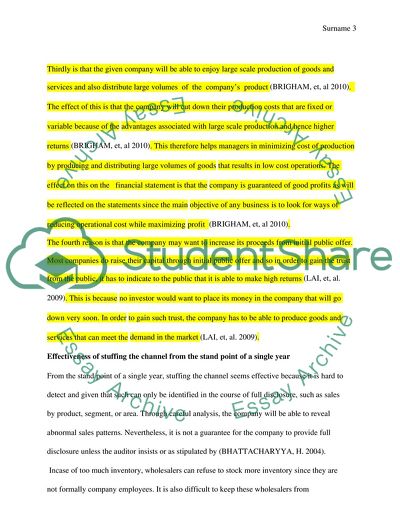Cite this document
(Accounting Coursework Example | Topics and Well Written Essays - 2000 words, n.d.)
Accounting Coursework Example | Topics and Well Written Essays - 2000 words. https://studentshare.org/finance-accounting/1798910-accounting
Accounting Coursework Example | Topics and Well Written Essays - 2000 words. https://studentshare.org/finance-accounting/1798910-accounting
(Accounting Coursework Example | Topics and Well Written Essays - 2000 Words)
Accounting Coursework Example | Topics and Well Written Essays - 2000 Words. https://studentshare.org/finance-accounting/1798910-accounting.
Accounting Coursework Example | Topics and Well Written Essays - 2000 Words. https://studentshare.org/finance-accounting/1798910-accounting.
“Accounting Coursework Example | Topics and Well Written Essays - 2000 Words”. https://studentshare.org/finance-accounting/1798910-accounting.


